07771 507915
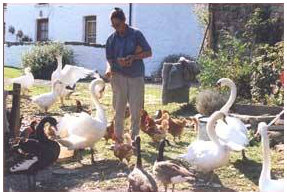
Tinker’s hill rescue is run virtually single-handedly by the remarkable Maria Evans.
Maria started the rescue initially with the support of her husband David, caring for injured and orphaned animals at their home in Hertfordshire, Waterhall. They took in a large range of creatures such as foxes, badgers, deer, squirrels, hedgehogs …. and particularly birds, from the tiny Wren to large Herons and, of course, birds of prey!
They developed considerable expertise in dealing with a range of injuries and illnesses, in conjunction with very supportive local vet practices, to whom they were, and still are, extremely grateful.
Maria and David moved back to Pembrokeshire around thirty-five years ago, at which point they re-established the rescue at their home in the village of Martletwy.
Some years after that, they, and the rescue centre, moved to larger premises at Tinkers Hill Farm, Amroth, which is where it still is today. The move enabled Maria to expand the sanctuaries’ facilities, thus increasing the number of birds they could take in, care for, treat and ultimately release.
When David sadly passed away, Maria continued to run the centre and it has remained a mainstay in the rescue of wild birds across Pembrokeshire and indeed all of South Wales at times!
You can find out about some of the rescues both old and new in the link to ‘rescue stories’ or by reading our blog posts
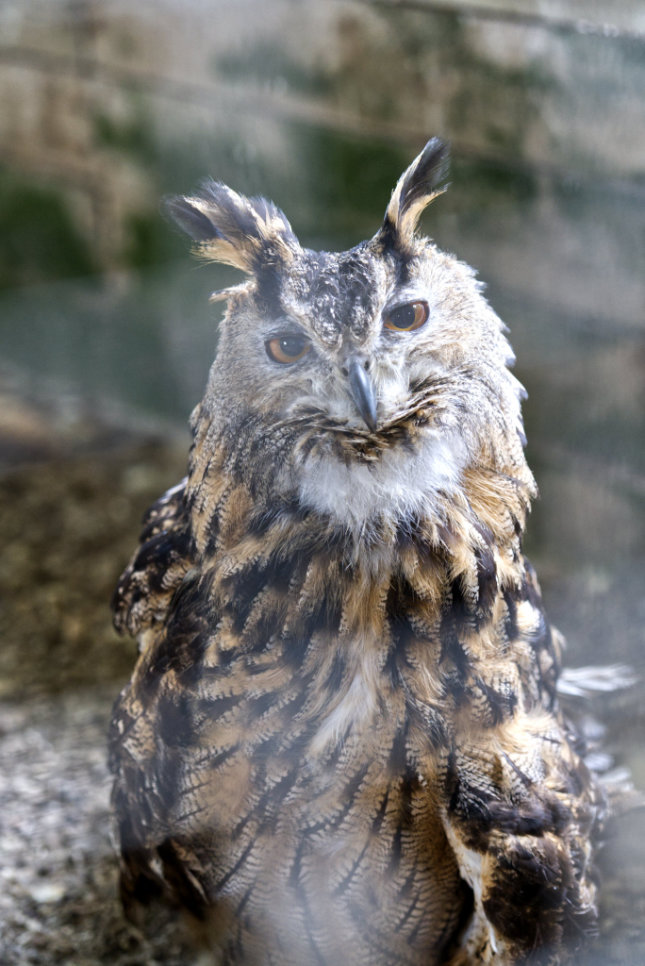
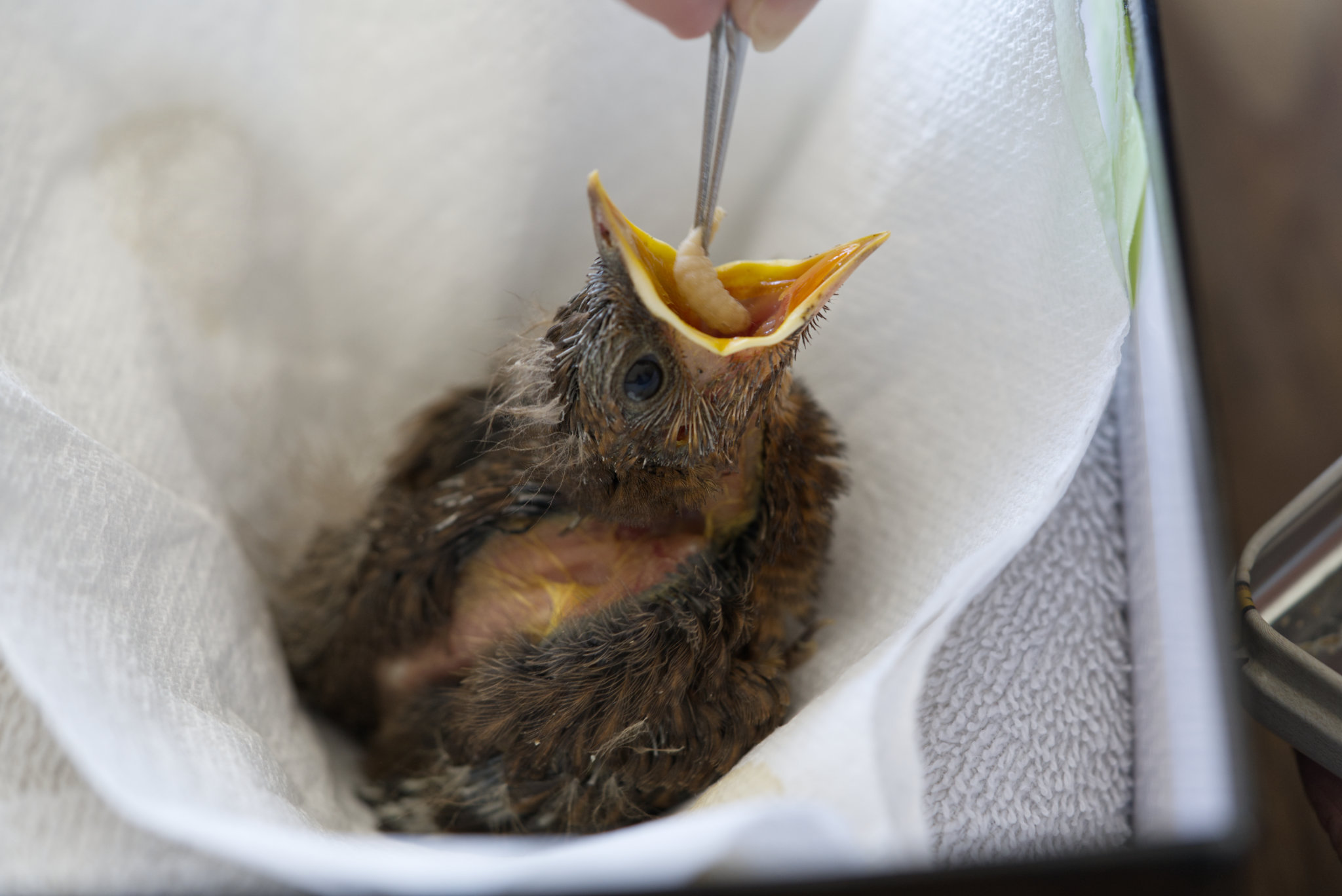
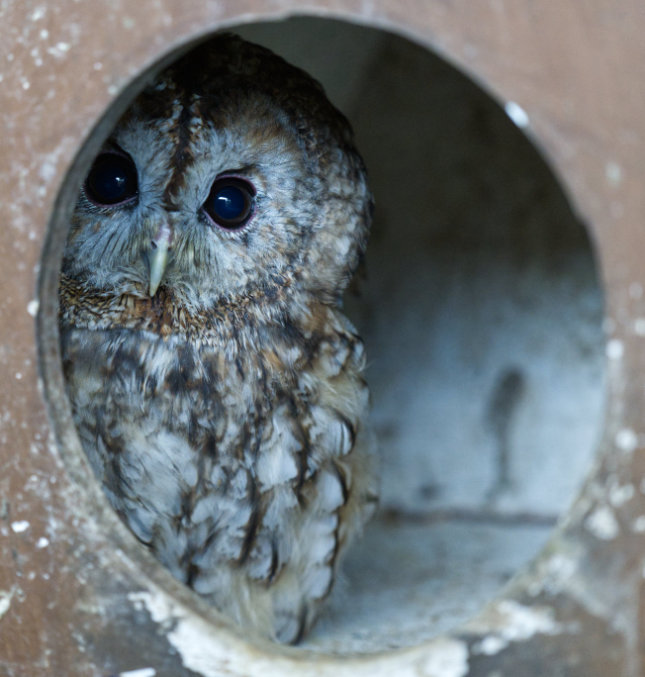
Tinker’s Hill is constantly striving to maintain and improve the facilities to house the permanent residents—those birds that have been too badly injured to survive in the wild—and also for treatment and rehabilitation. Set in a small holding just on the outskirts of Amroth, the rescue is surrounded by trees and open land. Maria liaises with local vets and animal welfare organisations as well as taking birds in directly from people who have found them injured or orphaned. (Please read the information about fledglings here as there are issues every year with small birds being ‘rescued’ who do not necessarily need help)
At the rescue centre, there are various stone buildings housing indoor and outdoor accommodation for birds, including flights.
Whilst we do not like any wild creature to be caged, if it must be we want to provide the best possible accommodation for them.
We have built a permanent Therapy Pool for the swans, and a large Flight Enclosure for the birds of prey to strengthen muscles and exercise lungs prior to release, with grazing paddocks and rearing pens to aid bird independence. We recently managed to raise funds for the large purpose-built therapy pool to be fully updated. It was leaking and almost unusable so that work has made a fantastic difference! There are also some smaller temporary pond structures for initial water rehabilitation, these need improvements and we are short of aviary space at times…
All of these facilities need maintenance and some need updating, Tinker’s Hill is entirely funded by Maria herself and the generosity of the public, there is no other funding, so any help is hugely welcomed. Any donations, however small, would be gratefully received, please use one of the DONATE links on these pages or on facebook.
Tinker’s Hill is not open to the public because the birds under treatment are wild, and for them to have the best chance of recovery and ultimate release, they need as little contact with people as possible.
In a typical year the rescue takes in a huge variety of birds and a number of other small creatures. One recent year’s count revealed 220 birds of prey, 126 seabirds and 305 swans had been successfully treated and subsequently released back into their natural habitats! We also have countless other birds coming and this year that has included blackbirds, rooks, crows, jackdaws, magpies, sparrows, chaffinches, goldfinches, swifts and swallows. Sadly the number of birds needing help only seems to be increasing.
Some of the injuries suffered by the birds we see are horrifying, and the majority are inflicted by man, either deliberately or through negligence or ignorance. Injuries have included shotgun and air gun wounds, trapping and poisoning (these mainly to birds of prey), a crossbow bolt through the neck of a swan, fishing line, hooks and lead weight ingestion. Oiling too, has been a real challenge, with large numbers of birds involved in even small spills and because it causes such serious injuries to both swans and other sea birds.
It is vital to understand that unless we make efforts to care for wildlife, educate people, flag dangers, and take action when we see problems, we may continue to lose many beautiful species. Future generations may never experience the thrill of seeing a bird of prey soaring high on the thermals, or a Peregrine stooping at 150 k.p.h. down onto its prey.
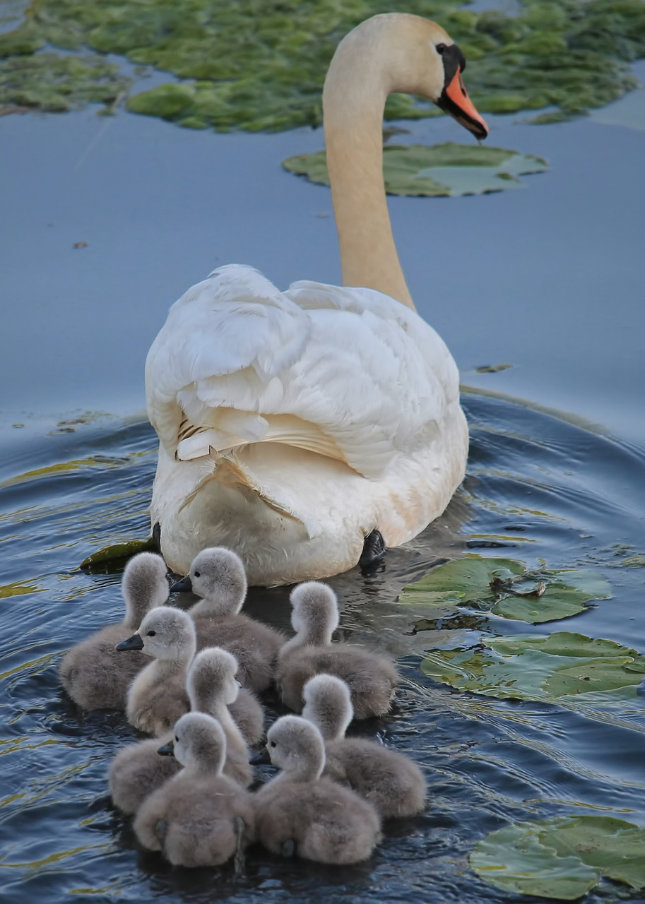
It is our mission to protect them. Please help us if you can.
